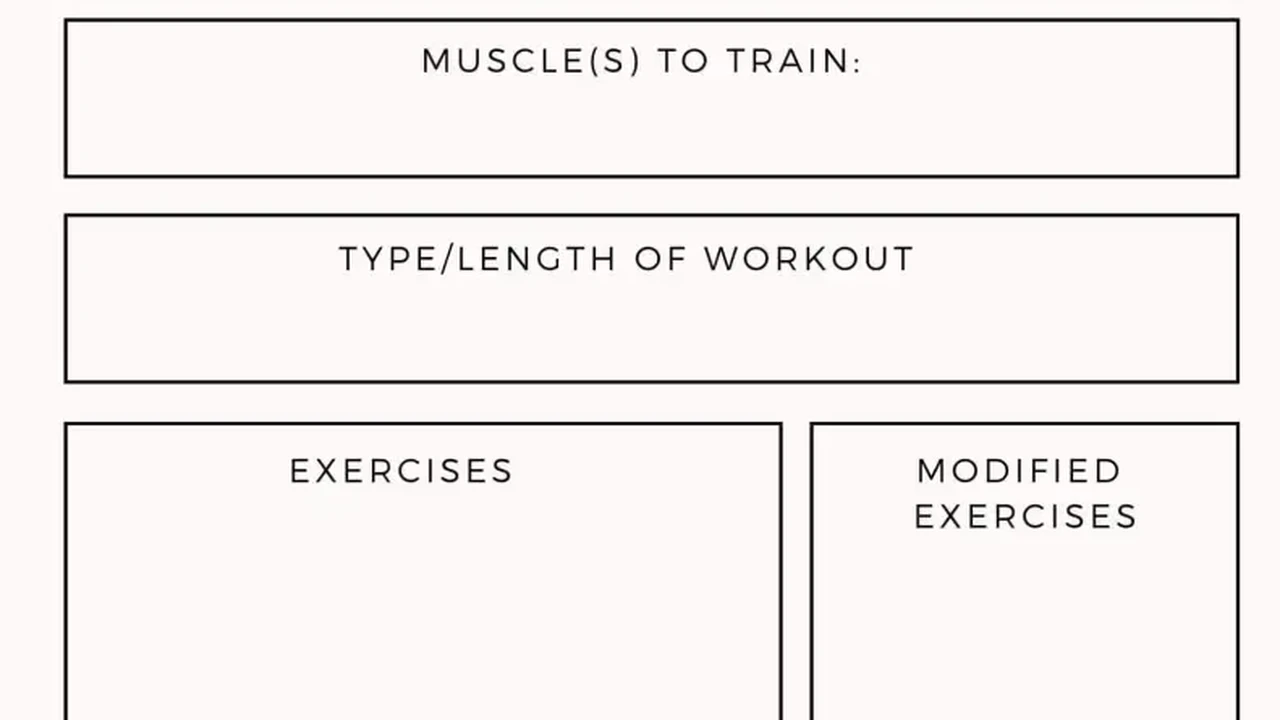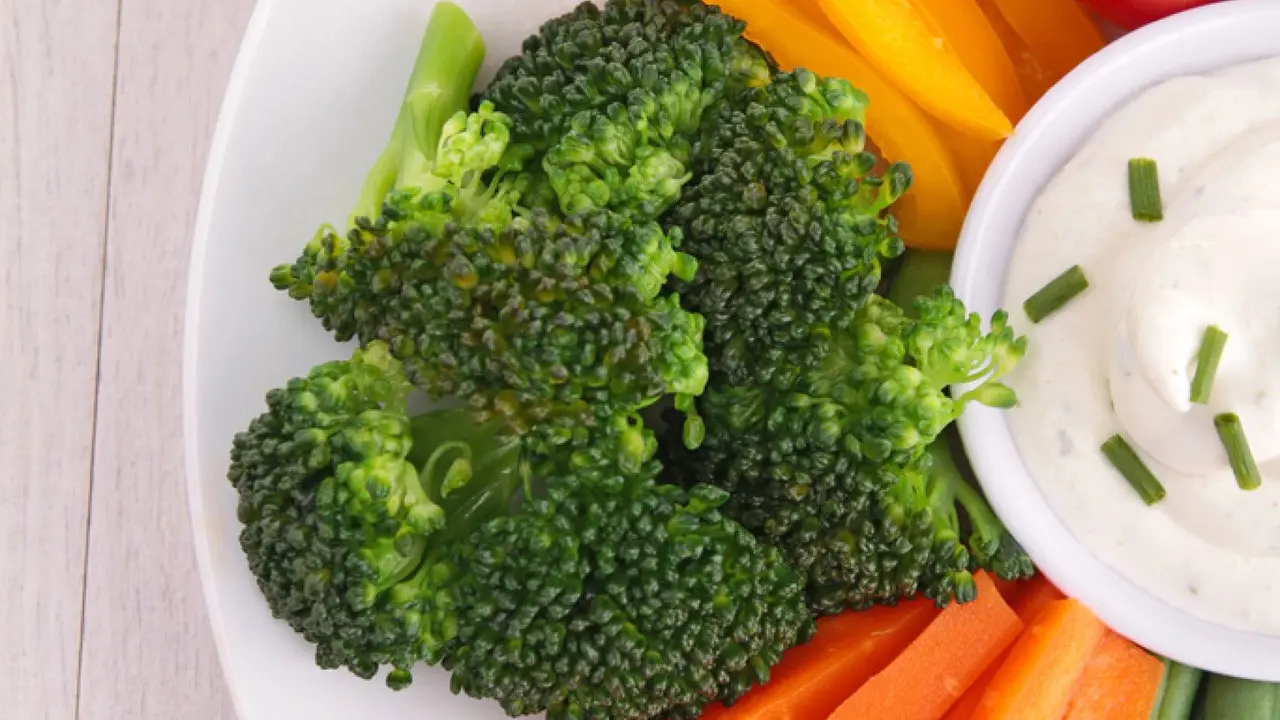How to Create a Home Workout Routine That Works
<div class="article<p class="normaltextDiscover effective strategies for quitting smoking and overcoming nicotine addiction. Reclaim your health and live a longer, healthier life.

Understanding Nicotine Addiction Understanding the Science Behind Smoking Cessation
Quitting smoking is undoubtedly one of the most impactful decisions you can make for your health. It's a challenging journey, no doubt, but understanding the science behind nicotine addiction can significantly increase your chances of success. Nicotine, the addictive substance in cigarettes, acts on the brain by releasing dopamine, a neurotransmitter associated with pleasure and reward. This creates a cycle of dependence, where your brain craves nicotine to experience those pleasurable sensations. When you try to quit, your brain goes through withdrawal, leading to unpleasant symptoms like cravings, irritability, anxiety, and difficulty concentrating. These symptoms are temporary, but they can be intense and make it difficult to stay on track.
The severity of nicotine addiction varies from person to person, depending on factors like the number of cigarettes smoked per day, the duration of smoking, and individual genetics. Some people may be able to quit cold turkey, while others may need more support and intervention. Understanding your own level of addiction is the first step in developing a personalized quit plan.
Beyond the immediate effects of nicotine, smoking has a devastating impact on nearly every organ in the body. It increases the risk of heart disease, stroke, lung cancer, emphysema, and many other serious health conditions. Quitting smoking reverses many of these risks, leading to improved lung function, reduced blood pressure, and a lower risk of developing chronic diseases. The sooner you quit, the greater the benefits for your health.
Effective Smoking Cessation Methods Exploring Different Ways to Quit Smoking
There's no one-size-fits-all approach to quitting smoking. What works for one person may not work for another. That's why it's important to explore different methods and find the ones that best suit your needs and preferences. Here's an overview of some of the most effective smoking cessation methods:
- Nicotine Replacement Therapy (NRT): NRT products, such as nicotine patches, gum, lozenges, inhalers, and nasal sprays, deliver a controlled dose of nicotine to the brain without the harmful chemicals found in cigarettes. This helps to reduce cravings and withdrawal symptoms, making it easier to quit. NRT is available over-the-counter and by prescription.
- Prescription Medications: Two prescription medications, bupropion (Zyban) and varenicline (Chantix), are specifically designed to help people quit smoking. Bupropion is an antidepressant that can reduce cravings and withdrawal symptoms. Varenicline works by blocking the effects of nicotine in the brain, making smoking less rewarding.
- Counseling and Support Groups: Counseling and support groups provide emotional support, encouragement, and practical strategies for quitting smoking. A therapist or counselor can help you identify triggers, develop coping mechanisms, and stay motivated throughout the quitting process. Support groups offer a sense of community and allow you to share your experiences with others who are going through the same thing.
- Cold Turkey: Quitting cold turkey involves stopping smoking abruptly without any aids or medications. This method can be effective for some people, but it's generally more challenging than using NRT or prescription medications.
- Hypnosis and Acupuncture: Some people find hypnosis and acupuncture helpful for quitting smoking. Hypnosis can help to change your subconscious thoughts and beliefs about smoking, while acupuncture may reduce cravings and withdrawal symptoms. The effectiveness of these methods is still debated, but they may be worth exploring if you're open to alternative therapies.
Choosing the Right Nicotine Replacement Therapy Comparing Different NRT Products
If you decide to use Nicotine Replacement Therapy (NRT) to quit smoking, you'll have several options to choose from. Each NRT product has its own advantages and disadvantages, so it's important to consider your individual needs and preferences when making a decision.
- Nicotine Patches: Nicotine patches are applied to the skin and deliver a steady dose of nicotine over 24 hours. They are convenient and easy to use, but they may cause skin irritation in some people. Patches are available in different strengths, allowing you to gradually reduce your nicotine intake over time.
Product Recommendation: Nicoderm CQ Patch. These patches offer a clear design and stay in place well. Available in various strengths for a step-down approach.
Estimated Price: $40 - $60 for a two-week supply.
- Nicotine Gum: Nicotine gum is chewed to release nicotine, which is absorbed through the lining of the mouth. It's a good option for people who need quick relief from cravings, but it requires more effort than using a patch.
Product Recommendation: Nicorette Gum. A classic choice, available in different flavors and strengths. Provides fast-acting relief from cravings.
Estimated Price: $25 - $45 for a supply of 100 pieces.
- Nicotine Lozenges: Nicotine lozenges are dissolved in the mouth, releasing nicotine slowly over time. They are discreet and easy to use, and they may be a good option for people who don't like the taste or texture of nicotine gum.
Product Recommendation: Nicorette Lozenges. These lozenges come in various flavors and are easy to carry around for on-the-go craving relief.
Estimated Price: $30 - $50 for a supply of 80 lozenges.
- Nicotine Inhaler: A nicotine inhaler delivers nicotine vapor into the mouth and throat. It mimics the hand-to-mouth action of smoking, which can be helpful for some people.
Product Recommendation: Nicotrol Inhaler. Requires a prescription. Mimics the act of smoking and provides a controlled dose of nicotine.
Estimated Price: $50 - $70 per box (cartridges included).
- Nicotine Nasal Spray: Nicotine nasal spray delivers nicotine quickly into the bloodstream through the nasal passages. It's the fastest-acting NRT product, but it can cause nasal irritation.
Product Recommendation: Nicotrol NS. Requires a prescription. Offers the fastest nicotine delivery among NRTs, but can cause nasal irritation.
Estimated Price: $60 - $80 per bottle.
NRT Comparison Table:
| Product | Nicotine Delivery | Pros | Cons | Cost (Estimated) |
|---|---|---|---|---|
| Nicoderm CQ Patch | Steady, 24-hour | Convenient, easy to use, gradual nicotine reduction | May cause skin irritation | $40 - $60 (2-week supply) |
| Nicorette Gum | Fast-acting | Quick craving relief, different flavors | Requires effort, may not be suitable for people with TMJ | $25 - $45 (100 pieces) |
| Nicorette Lozenges | Slow release | Discreet, easy to use, various flavors | May cause hiccups or heartburn | $30 - $50 (80 lozenges) |
| Nicotrol Inhaler (Rx) | Fast-acting vapor | Mimics smoking action, controlled dose | Requires a prescription | $50 - $70 (per box) |
| Nicotrol NS (Rx) | Very fast-acting | Fastest nicotine delivery | Nasal irritation, requires a prescription | $60 - $80 (per bottle) |
Prescription Medications for Smoking Cessation Understanding Bupropion (Zyban) and Varenicline (Chantix)
If NRT alone isn't enough to help you quit smoking, your doctor may prescribe a medication like bupropion (Zyban) or varenicline (Chantix). These medications work by targeting the brain's reward pathways and reducing cravings and withdrawal symptoms.
- Bupropion (Zyban): Bupropion is an antidepressant that can help to reduce cravings and withdrawal symptoms associated with nicotine addiction. It works by increasing the levels of dopamine and norepinephrine in the brain, which can help to improve mood and reduce anxiety. Bupropion is typically taken for 7-12 weeks.
How it Works: Increases dopamine and norepinephrine, reducing cravings and withdrawal.
Potential Side Effects: Insomnia, dry mouth, anxiety.
Estimated Price: $100 - $200 per month.
- Varenicline (Chantix): Varenicline works by blocking the effects of nicotine in the brain, making smoking less rewarding. It also helps to reduce cravings and withdrawal symptoms. Varenicline is typically taken for 12 weeks.
How it Works: Blocks nicotine receptors in the brain.
Potential Side Effects: Nausea, insomnia, vivid dreams.
Estimated Price: $150 - $300 per month.
It's important to talk to your doctor about the potential risks and benefits of these medications before starting treatment. They can help you determine if these medications are right for you and monitor you for any side effects.
Lifestyle Changes That Support Quitting Smoking Diet, Exercise, and Stress Management
In addition to using NRT or prescription medications, making lifestyle changes can significantly boost your chances of quitting smoking successfully. These changes can help you manage cravings, reduce stress, and improve your overall health.
- Diet: Eating a healthy diet can help to reduce cravings and improve your mood. Focus on eating plenty of fruits, vegetables, and whole grains. Avoid processed foods, sugary drinks, and excessive caffeine, as these can trigger cravings. Some studies suggest that certain foods, like dairy products, can make cigarettes taste worse.
Tips: Drink plenty of water, eat frequent small meals, and snack on healthy foods like fruits and vegetables.
- Exercise: Exercise is a great way to reduce stress, improve your mood, and distract yourself from cravings. Even a short walk can make a difference. Aim for at least 30 minutes of moderate-intensity exercise most days of the week.
Tips: Find an activity you enjoy, exercise with a friend, and set realistic goals.
- Stress Management: Stress is a major trigger for smoking. Find healthy ways to manage stress, such as yoga, meditation, deep breathing exercises, or spending time in nature.
Tips: Identify your stress triggers, practice relaxation techniques, and seek support from friends and family.
- Avoid Triggers: Identify situations, places, or people that trigger your cravings and try to avoid them. This may involve changing your routine, avoiding certain social situations, or limiting your exposure to smokers.
Tips: Create smoke-free zones in your home and car, and let your friends and family know that you're trying to quit.
Building a Support System Finding Help and Encouragement
Quitting smoking is easier with support. Surround yourself with people who encourage your efforts and understand the challenges you're facing. Here are some ways to build a strong support system:
- Talk to Your Doctor: Your doctor can provide guidance, prescribe medications, and refer you to counseling or support groups.
- Join a Support Group: Support groups offer a safe and supportive environment where you can share your experiences with others who are trying to quit.
- Talk to Friends and Family: Let your friends and family know that you're trying to quit and ask for their support. They can help you stay motivated, avoid triggers, and celebrate your successes.
- Online Resources: Many online resources, such as websites, forums, and social media groups, offer support and encouragement for people who are quitting smoking.
Dealing with Cravings and Withdrawal Symptoms Strategies for Staying Strong
Cravings and withdrawal symptoms are a normal part of the quitting process. They can be intense and uncomfortable, but they are temporary. Here are some strategies for dealing with cravings and withdrawal symptoms:
- Use NRT: NRT products can help to reduce cravings and withdrawal symptoms by providing a controlled dose of nicotine.
- Distract Yourself: When a craving hits, try to distract yourself with an activity you enjoy, such as reading, listening to music, or spending time with friends.
- Deep Breathing: Deep breathing exercises can help to calm your nerves and reduce anxiety.
- Drink Water: Drinking plenty of water can help to flush out toxins and reduce cravings.
- Chew Gum or Suck on Hard Candy: Chewing gum or sucking on hard candy can help to satisfy the oral fixation associated with smoking.
- Delay: Cravings typically last only a few minutes. Try to delay giving in to a craving by telling yourself you'll wait 10 minutes before smoking. Often, the craving will pass by then.
Relapse Prevention Strategies for Long-Term Success
Relapse is a common part of the quitting process, but it doesn't mean you've failed. It's important to learn from your mistakes and develop strategies for preventing future relapses. Here are some tips for long-term success:
- Identify Your Triggers: Identify the situations, places, or people that triggered your relapse and try to avoid them in the future.
- Develop a Relapse Prevention Plan: Create a plan for what you'll do if you experience strong cravings or urges to smoke. This plan should include strategies for distracting yourself, managing stress, and seeking support.
- Learn from Your Mistakes: If you relapse, don't beat yourself up. Instead, analyze what went wrong and identify ways to prevent it from happening again.
- Stay Positive: Quitting smoking is a challenging process, but it's important to stay positive and believe in your ability to succeed. Celebrate your successes and focus on the benefits of being smoke-free.
- Seek Professional Help: If you're struggling to quit smoking on your own, don't hesitate to seek professional help from a doctor, therapist, or counselor.
Celebrating Your Successes Rewards and Milestones
Quitting smoking is a major accomplishment, and it's important to celebrate your successes along the way. Reward yourself for reaching milestones, such as making it through the first day, the first week, the first month, and the first year smoke-free. Celebrate your progress with activities you enjoy, such as treating yourself to a nice meal, going on a vacation, or buying yourself something you've always wanted.
Remember that every cigarette you don't smoke is a victory. By quitting smoking, you're improving your health, protecting your loved ones from secondhand smoke, and saving money. You're taking control of your life and creating a brighter future for yourself.
:max_bytes(150000):strip_icc()/277019-baked-pork-chops-with-cream-of-mushroom-soup-DDMFS-beauty-4x3-BG-7505-5762b731cf30447d9cbbbbbf387beafa.jpg)






